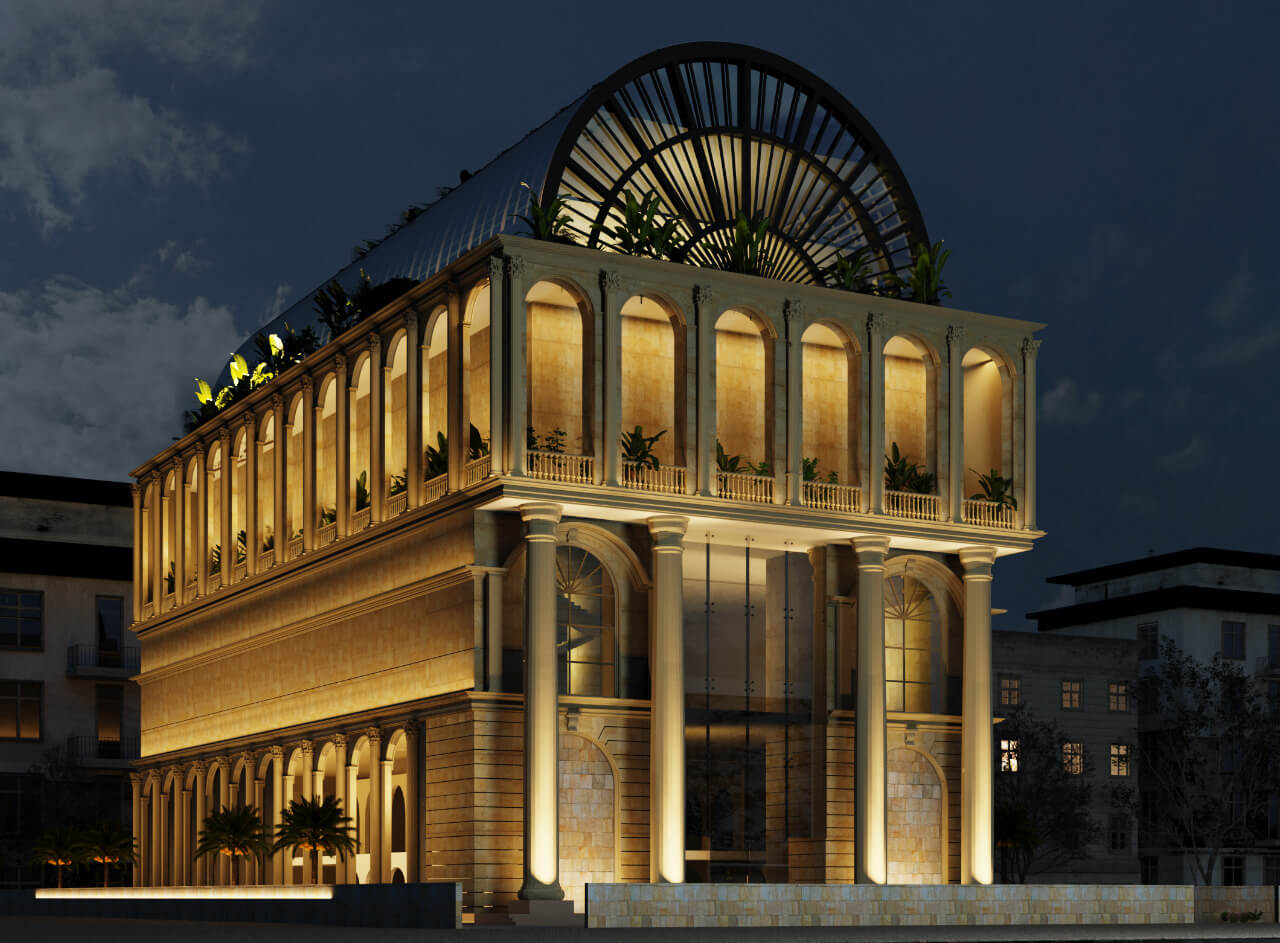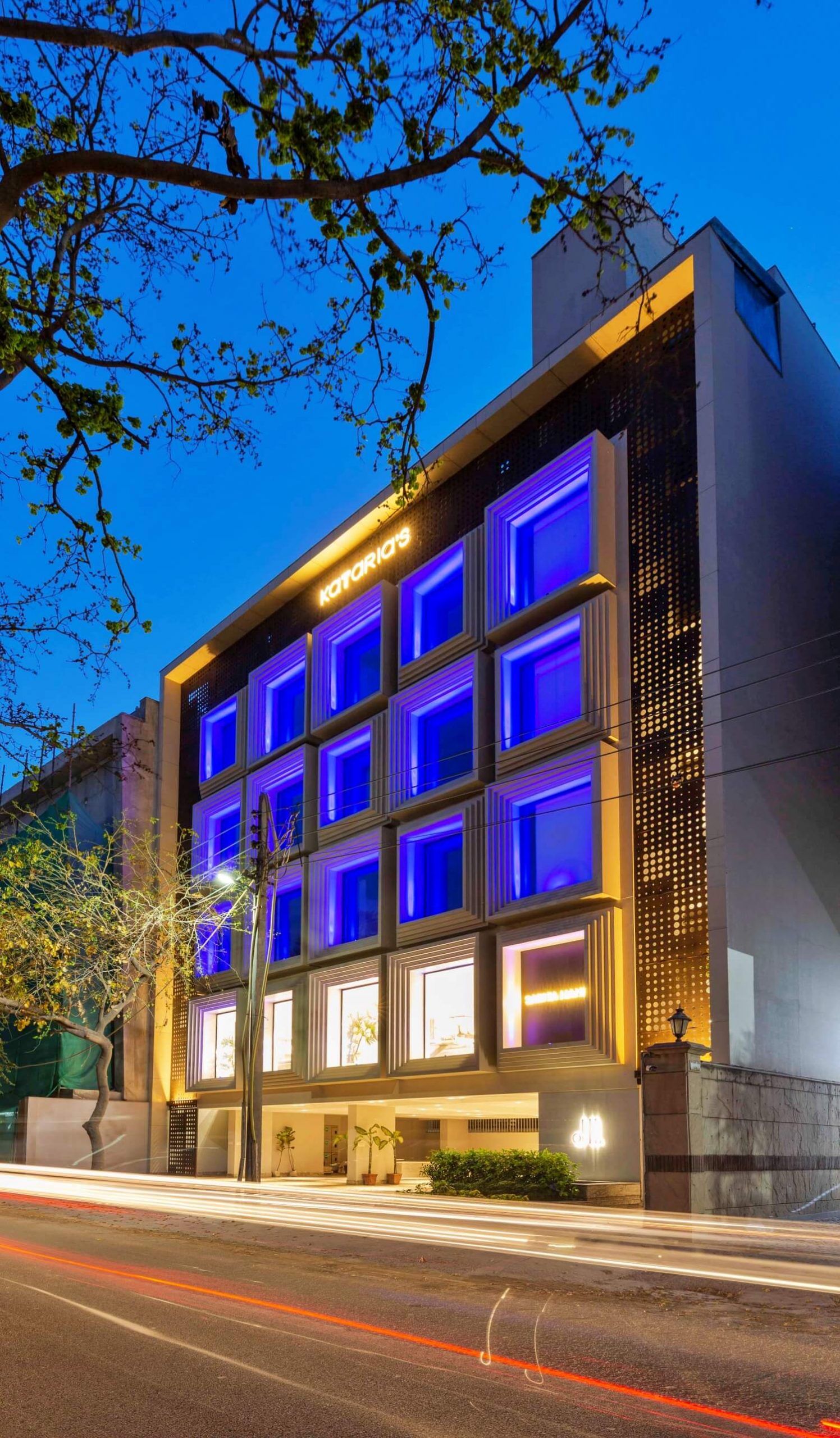Commercial architecture plays a vital role in shaping the urban landscape of modern cities. It involves the design and construction of buildings and structures that are intended for commercial use, such as office buildings, retail stores, hotels, and shopping centers. Commercial architecture is not just about creating aesthetically pleasing buildings, but it also involves considering functionality and sustainability in the design process.

In this article, we will explore the key elements of commercial architecture and how they influence the urban environment. We will also discuss the challenges and opportunities facing commercial architects in the current landscape.
Functionality
One of the key considerations in commercial architecture is functionality. Commercial buildings are designed to serve a specific purpose, and the design of the building should reflect the needs of the business it houses. For example, an office building should be designed to promote productivity and collaboration among employees. This could involve incorporating open-plan workspaces, meeting rooms, and breakout areas.
Similarly, a retail store should be designed to provide an optimal shopping experience for customers. This could involve creating a welcoming entrance, well-lit displays, and easy-to-navigate floor plans. The functionality of the building should also take into account the flow of people and goods, safety considerations, and accessibility for people with disabilities.
Aesthetics
While functionality is important, commercial architecture also places a strong emphasis on aesthetics. The design of a commercial building should reflect the values and goals of the business it houses. For example, a high-end fashion store would have a different design aesthetic than a fast-food restaurant.
Aesthetics can be expressed through the choice of materials, color schemes, and the shape of the building. Commercial architects need to consider how the building will look from different angles and how it will fit into the surrounding environment. The design of a commercial building can create a lasting impression on customers and enhance the brand image of the business it houses.
Sustainability

Sustainability is an increasingly important consideration in commercial architecture. Buildings are responsible for a significant portion of global carbon emissions, and commercial buildings account for a large proportion of this. As a result, commercial architects are increasingly incorporating sustainable design principles into their work.
Sustainable design can involve incorporating renewable energy sources, such as solar panels, and using environmentally friendly building materials. It can also involve designing buildings that are energy-efficient, such as incorporating natural ventilation and daylighting. Sustainable design not only benefits the environment, but it can also lead to cost savings for the business over the long term.
Adaptability
Another important consideration in commercial architecture is adaptability. Commercial buildings need to be able to adapt to changing needs over time. For example, an office building may need to accommodate changes in the number of employees, or a retail store may need to change its layout to keep up with changing customer preferences.
Commercial architects need to design buildings that are flexible and can be easily adapted over time. This can involve designing buildings with movable walls and partitions, or incorporating modular construction techniques. The ability to adapt buildings over time can help to future-proof them and extend their lifespan.
Challenges and Opportunities
Commercial architecture faces a number of challenges and opportunities in the current landscape. One of the main challenges is the increasing pressure to design buildings that are environmentally sustainable. This requires commercial architects to stay up to date with the latest technologies and design principles in this area.
Another challenge is the changing nature of work and retail. The rise of remote working and e-commerce has led to a shift in the way that commercial buildings are used. Commercial architects need to be able to design buildings that are flexible and can accommodate these changing needs.
At the same time, there are also a number of opportunities in commercial architecture. The rise of new technologies, such as virtual reality and 3D printing, is opening up new possibilities in design and construction. Commercial architects can also leverage data and analytics.
More
Commercial architecture is a branch of architecture that deals with the design and construction of buildings used for commercial purposes, such as offices, retail stores, hotels, and restaurants. The primary goal of commercial architecture is to create functional and aesthetically pleasing spaces that are conducive to business and commerce.
Commercial architects work closely with their clients to understand their specific needs and requirements. They consider factors such as the size and location of the building, the intended use of the space, and the target audience. With this information, they develop a design that maximizes the building’s potential and enhances the user experience.
One of the most critical aspects of commercial architecture is creating a design that promotes the brand and identity of the business. This can involve incorporating elements such as colors, textures, and materials that are consistent with the company’s brand image. The design should also be flexible and adaptable, allowing for future changes and growth.
Sustainability is another essential consideration in commercial architecture. The design should prioritize energy efficiency, waste reduction, and the use of environmentally friendly materials. This not only benefits the environment but can also lead to cost savings for the business in the long run.
In conclusion, commercial architecture plays a crucial role in creating functional and visually appealing spaces that promote business and commerce. A well-designed commercial building can enhance the brand identity, improve the user experience, and contribute to a sustainable future.





